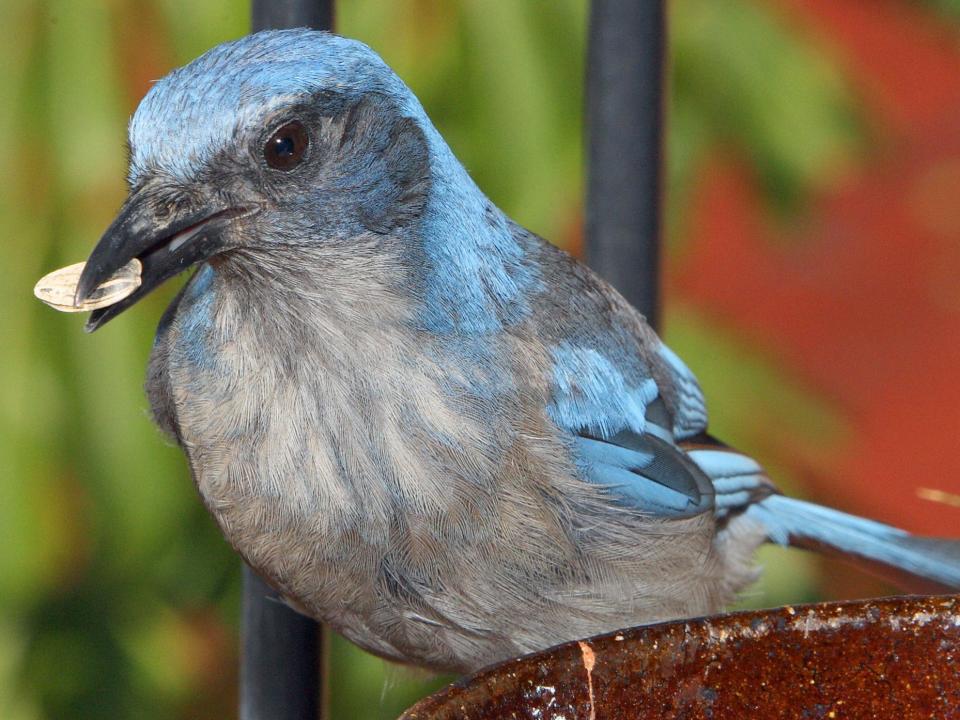Climate crisis: Noise pollution has lasting impact on woodland plant life by driving away birds, study finds

Noise pollution can have a lasting effect on an ecosystem’s plant life, affecting biodiversity even long after peace has been restored, a new study has found.
Researchers from California Polytechnic State University at San Luis Obispo began examining the impact of noise from natural gas wells on pinyon pine and Utah juniper trees in Rattlesnake Canyon, New Mexico, in 2007, the region chosen for its biodiversity and because of the constant use of loud mechanical compressors as part of the resource extraction process.
Dr Jennifer Phillips, the report’s lead author, said the din from the wells can reach 100-decibels and is like “being next to the speakers at a Black Sabbath concert or standing right next to the train tracks as the train goes by.”
Her team, surveying 115 different plots, duly found that there were 75 per cent fewer pinyon pine seedlings and saplings growing in areas where the wells were active than in others that were comparatively silent.
Writing in the academic journal Proceedings of the Royal Society B, Dr Phillips and her colleagues suggest the heavy industrial racket from the wells was to blame by driving away the local population of scrub jay.
The bird is native to the western states and plays an integral role in disseminating pine seeds by eating some and storing others, only to then forget about their winter stores and enable the trees’ regeneration.
Returning to the same region 12 years later, the biologists found that the affected plant species had still not recovered, even in areas where the wells had long since stopped running, apparently because the jays had never come back.
“Some animals, like scrub jays, have episodic memory,” Dr Phillips said. “Animals like the scrub jay that are sensitive to noise learn to avoid particular areas. It may take time for animals to rediscover these previously noisy areas, and we don’t know how long that might take.”
Professor Clint Francis, her co-author on the study, added: “The effects of human noise pollution are growing into the structure of these woodland communities. What we’re seeing is that removal of the noise doesn’t necessarily immediately result in a recovery of ecological function.”
“Our results reveal that plant communities change in lots of ways with noise exposure,” he continued. “We have a decent understanding of how and why foundational trees like pinyon pine are affected by noise from our previous work with jays, but we are also seeing large changes in plant communities through changes in the abundance of shrubs and annual plants.
“These changes likely reflect impacts of noise on animals that eat plants - deer, elk and various insects - plus the many pollinators that are important for plant reproduction. In essence, our research indicates that the consequences of noise are far-reaching and reverberate throughout the ecosystem through lots of species.”
But there was one exception to the rule.
Hummingbirds appeared to thrive in Rattlesnake Canyon in spite of the cacophony, working hard to ensure flower pollination continued unabated.
Read More
Climate crisis: Australian islanders say homes being ‘eaten away’ by rising sea levels
Climate crisis: UK’s woodlands under threat and reaching ‘crisis point’, report warns

 Yahoo Finance
Yahoo Finance 